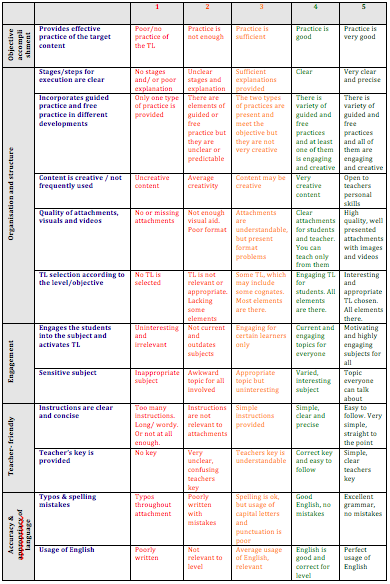
How well can you remember your first classroom at school? I can vividly remember walking into the classroom to be greeted by Mrs Magdalia, who had a book in her hand. She asked me if I knew what the word on the page of the book on the desk was. The word was “look”, and I didn’t know it, but I didn’t feel disappointed or unhappy. I had just entered a classroom for the first time in my life and I was excited. Fast forward over 30 years and, thinking about all the classrooms I have been educated in, I find myself asking why do I remember my first classroom so vividly?
Comfortable settings in an ESL classroom are key to the learning experience. I was introduced to Michel Thomas during the TEFL course at Oxbridge and in this documentary he teaches French to a group of pupils in a British school that has low to average standards. Watch from 04:05 to see the first thing he does before teaching the group (I strongly recommend watching the whole documentary if you have time).
The elimination of all aspects that cause stress and pressure are key to comfortable settings in an ESL classroom. Associating learning with work means you will not fully enjoy and consequently not benefit from the class. Why do we hate meetings at work? Maybe it's not the meeting or your colleagues but the room the meeting is in? Would you enjoy the meeting more if it was held in the cafeteria near your office?
Oxbridge recognises the value of the teaching environment and we encourage students to have classes in a bar or cafe. The reason is simple; if the ESL classroom is not a comfortable setting then students will not be engaged to learn. What is more natural than a conversation over a coffee or a beer? Well my first classroom had neither of those but I remember it being a happy place where I was encouraged to start learning.



